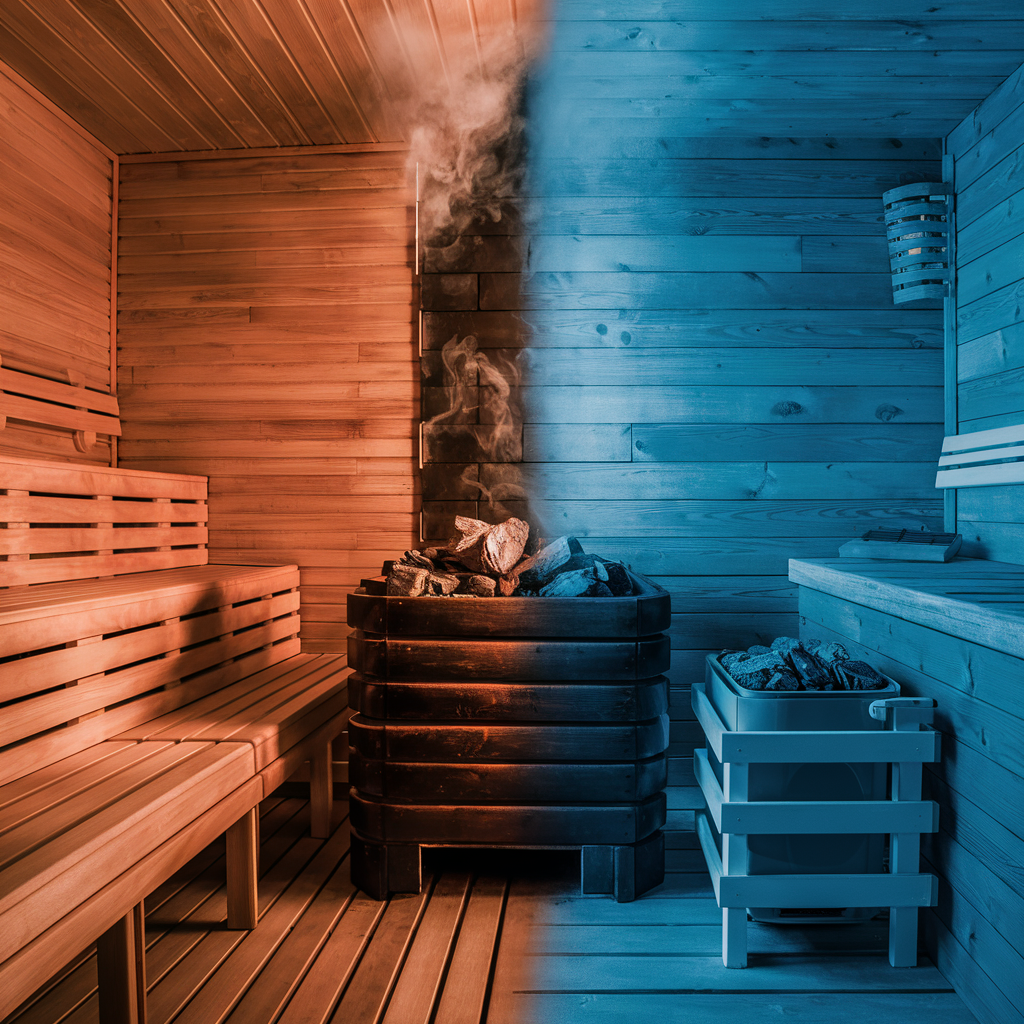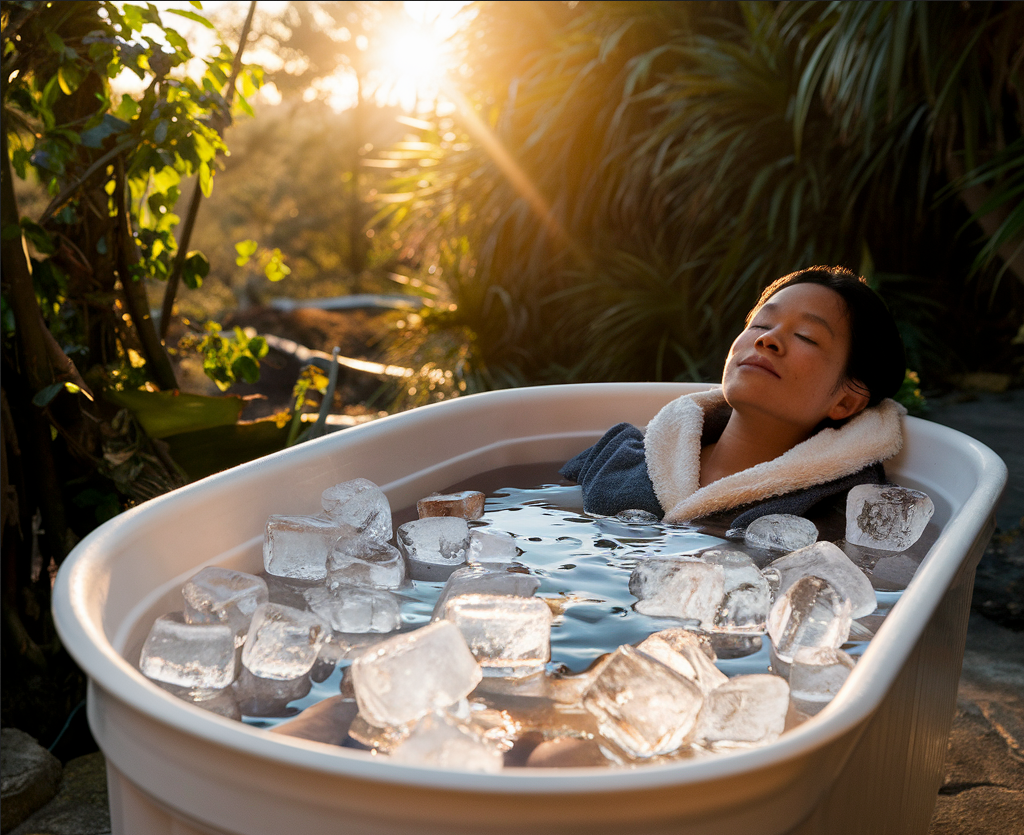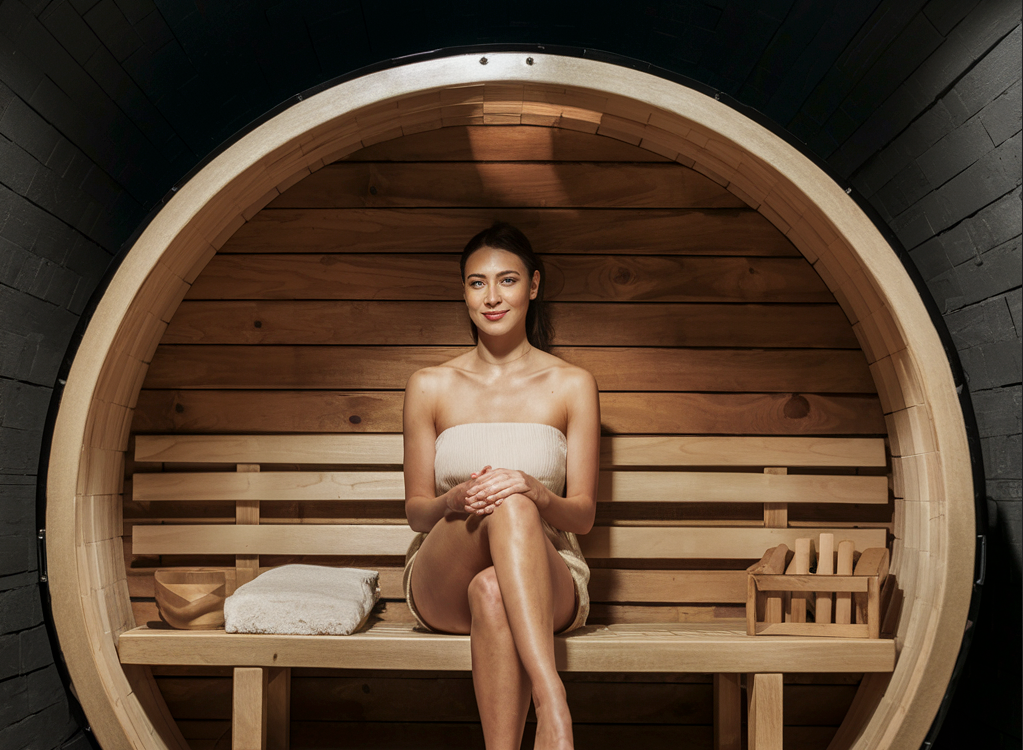5 Helpful Tips on How To Improving Your Sauna Sessions
Sauna sessions are known for their ability to help us relax and unwind. But have you ever wondered how you can make these sessions even more relaxing?
Whether you're a seasoned sauna-goer or a newbie, there are always ways to enhance your experience. In this blog, we'll explore some tips and techniques to make your sauna time as soothing and enjoyable as possible.
How to Make a Sauna Sessions More Relaxing
Saunas have been a part of European culture for thousands of years, known for their relaxing effects. Experienced sauna users say you will always feel relaxed after a session, whether it’s your first time or your 100th.
Take Finland, for example. According to The World Happiness Report, Finns have been the happiest people for five years in a row. With 3.3 million saunas for 5.5 million people, it’s clear that saunas play a part in their happiness!
So, how can we make our sauna sessions as relaxing as possible?
1. Introduce Music
Traditionally, saunas are quiet places. But nowadays, life is more stressful. Adding music to your sauna session can help you unwind. Music can improve your mental health by engaging your brain, calming you, and reducing impulsiveness.
You’ve probably listened to music in the shower and felt energized afterward. It’s the same with saunas. Music can help lift your mood or give you the motivation to tackle projects.
So why not play your favorite songs during your sauna session?
2. Try Meditation
Our busy lives make it hard to focus and stay calm. Saunas are naturally calm and quiet, making them perfect for meditation.
Meditation is great for mental peace and health. Combining it with the benefits of a sauna can be even better. Here’s what you can gain:
Improved Blood Pressure
Both meditation and saunas improve blood circulation. Better blood flow means more oxygen in your body, helping cells regenerate and heal faster, improving physical performance.
Reduced Anxiety and Stress
Saunas and meditation can increase serotonin, the "happy hormone," which controls emotions and manages stress and anxiety.
Better Brain Health
Studies from the University of Eastern Finland show that people who use saunas 4-7 times a week for 15 minutes have a lower risk of developing Alzheimer's and Dementia.
3. Smelling Aromas
Certain scents can help you relax. Many people use herbs like sage and cedar for their healing properties. You can scatter herbs on the sauna rocks, warm them in a metal pan on the heater, or hang them from the ceiling. Be careful with fire, as smoke can be unpleasant and damage the sauna.
Another option is essential oils. Mix them with sauna water and pour over the rocks. Lavender and chamomile are popular for relaxation. Oils can burn, so mix them with water outside the sauna. Never bring oil bottles into the sauna.
Relaxing Aromas:
- Rosemary
- Lavender
- Jasmine
- Vanilla
- Sea Breeze
- Clary Sage
5. Try Yoga in the Sauna
Yoga in the sauna is becoming popular. People say it improves mood and health. Benefits include relief from joint pain and stiffness, better cardiovascular health, less muscle pain, and improved flexibility.
Remember to Enjoy It!
The most relaxing thing is to do what you enjoy. Experiment with temperatures and session lengths. Stay until you feel satisfied and add any safe activities you like. Some Finns even cook sausages on their sauna stoves, so don’t be afraid to try new things.



